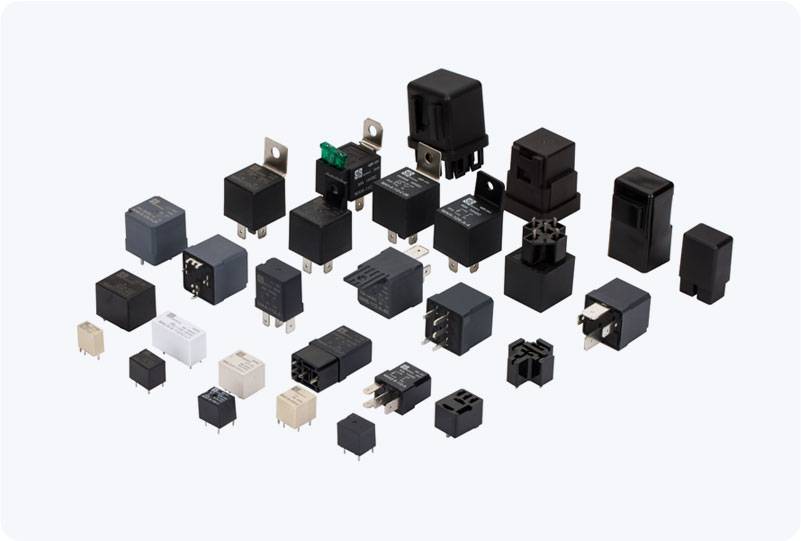Electromechanical switches have played a pivotal role in the evolution of electrical and electronic devices, serving as a bridge between mechanical and electrical systems. These switches combine the principles of mechanical movement with electrical functionality, allowing for the control of electrical circuits. Whether in household appliances, industrial machinery, or even modern consumer electronics, electromechanical switches are indispensable components. In this article, we will explore the functionality, types, applications, and advantages of electromechanical switches.

What is an Electromechanical Switch? An electromechanical switch is a device that uses a mechanical actuator to control an electrical circuit. When the mechanical actuator is moved, it either opens or closes electrical contacts, thereby interrupting or completing the flow of electrical current. This process enables devices to be turned on or off, or to switch between different operating modes. At the core of an electromechanical switch are two key elements: the mechanical component, which is typically a button, lever, or rotary knob, and the electrical component, which consists of contacts that either make or break a circuit. The mechanical component provides tactile feedback to the user, making these switches highly user-friendly.